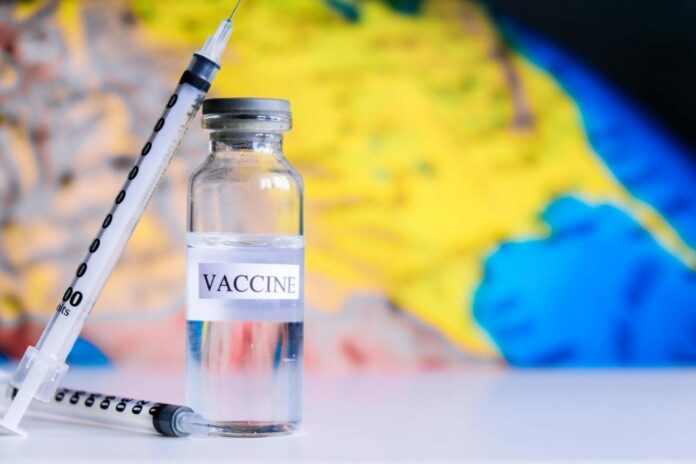After getting the COVID-19 vaccine, it usually takes a few weeks for our bodies to build protection with antibodies. Now, picture a vaccine that speeds up the production of antibodies against the COVID-19 virus. Rong Hai, an associate professor at University of California- Riverside, and his research team have created such a vaccine. They use the immunity from the flu virus to jumpstart the production of antibodies against the COVID-19 virus.
Hai said, “Any delay in the immune response to SARS-CoV-2 means there is some time when people are left poorly protected against the virus. Our vaccine is designed to get people those protective antibody responses faster so they are not vulnerable to the coronavirus. This is better protection for everyone. It could be precious for people who still lack immunity to SARS-CoV-2, such as children.”
To create the new vaccine, Hai and his team focused on SARS-CoV-2, a significant virus-causing pandemic. They made a fusion protein vaccine, combining influenza A virus nucleoprotein with the receptor-binding domain (RBD) of the SARS-CoV-2 spike protein. The spike protein is crucial for the virus to infect cells.
Antibodies against RBD block this interaction, preventing the virus from entering cells. This innovative vaccine tackles a common problem in virology – the slow development of immunity to new viruses. Hai explained that B cells produce antibodies, and this vaccine helps activate the specific ones needed to fight SARS-CoV-2.
Harrison Dulin, the paper’s first author and a graduate student in Hai’s lab, said, “For more B cells to become activated and start producing antibodies against RBD, two steps are needed. First, the B cell needs to encounter the RBD protein, and second, the B cell needs to be activated by another cell called a helper T cell. At the start of an immune response against SARS-CoV-2, only a few helper T cells can help activate the RBD-specific B cells. This causes a delay in mounting the antibody response against the pathogen.”
Hai mentions that the advantage of the new vaccine design is that it lets the B cells, which target the RBD, get support from helper T cells created in response to a flu infection. This speeds up the production of antibodies. Importantly, this design is cost-effective and can be used in countries with limited resources. No extra expensive equipment is needed, and the vaccine can be given the same way as existing vaccines.
The new design started as a project led by Hai, aiming for a dual vaccine covering influenza and the SARS-CoV-2 virus. While they tested it only against SARS-CoV-2, the design could speed up responses against other new viruses. A biomedical scientist, Emma Wilson, played a vital role in the research, noting the potential use for future pandemics.
However, Hai emphasized that more lab work is needed before the vaccine is ready for people. They’ve only tested it in mice, and clinical trials are necessary to ensure it’s safe for humans. The team must also explore how well it works in different immune situations, considering variations in preexisting immunity and potential changes over time.
The research project used the new BSL-3 lab at UCR to demonstrate that their vaccine’s antibodies could effectively neutralize live SARS-CoV-2. Dealing with the live virus is risky, so it’s done in specialized labs like BSL-3. Hai, Wilson, and Dulin worked with a team from UCR and the Texas Biomedical Research Institute. The study, funded by the National Institute of Allergy and Infectious Diseases, focused on boosting immunity against SARS-CoV-2 using preexisting influenza immunity.
Journal reference:
- Harrison Dulin, Ramya S. Barre et al., Harnessing preexisting influenza virus-specific immunity increases antibody responses against SARS-CoV-2. Journal of Virology. DOI: 10.1128/jvi.01571-23.
